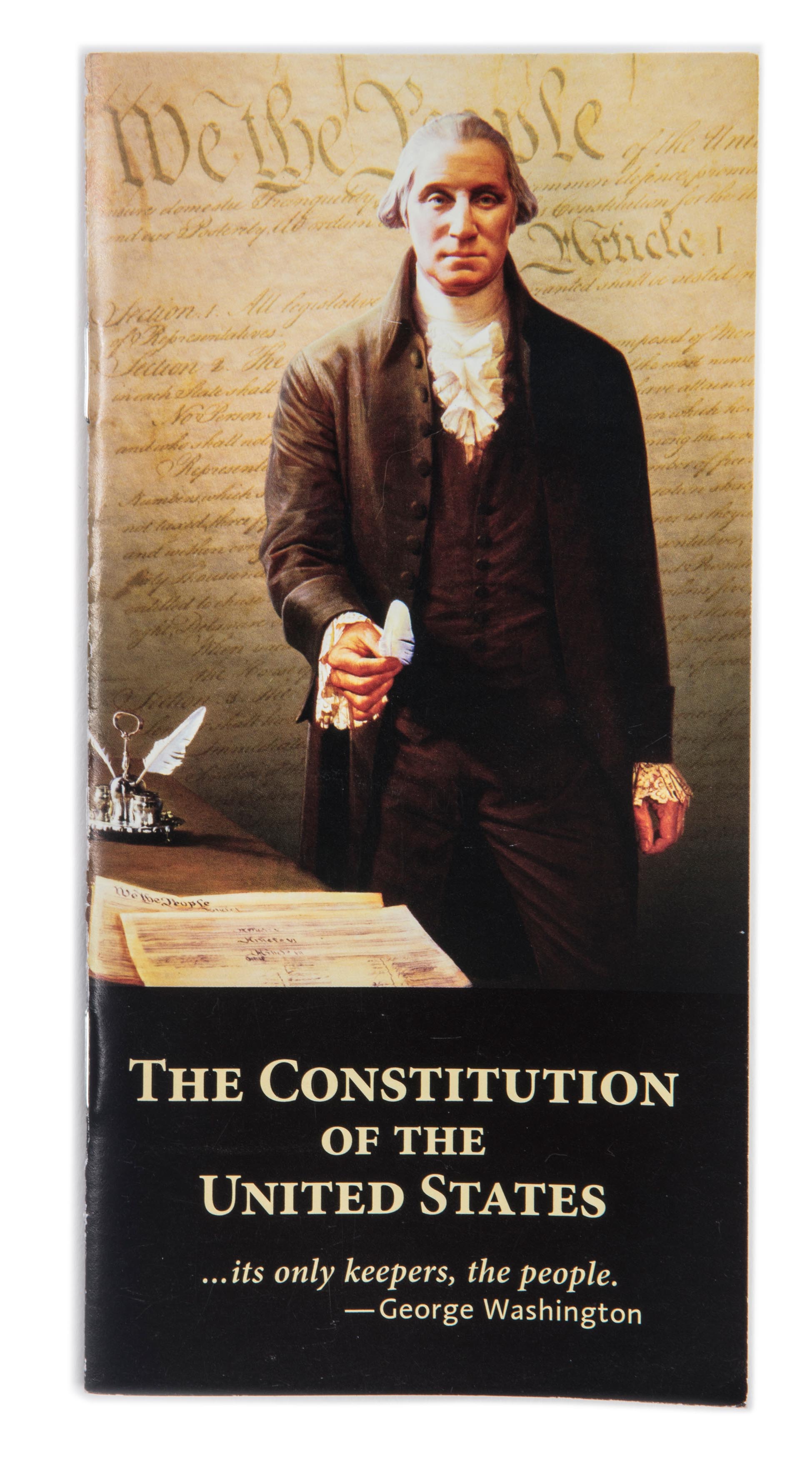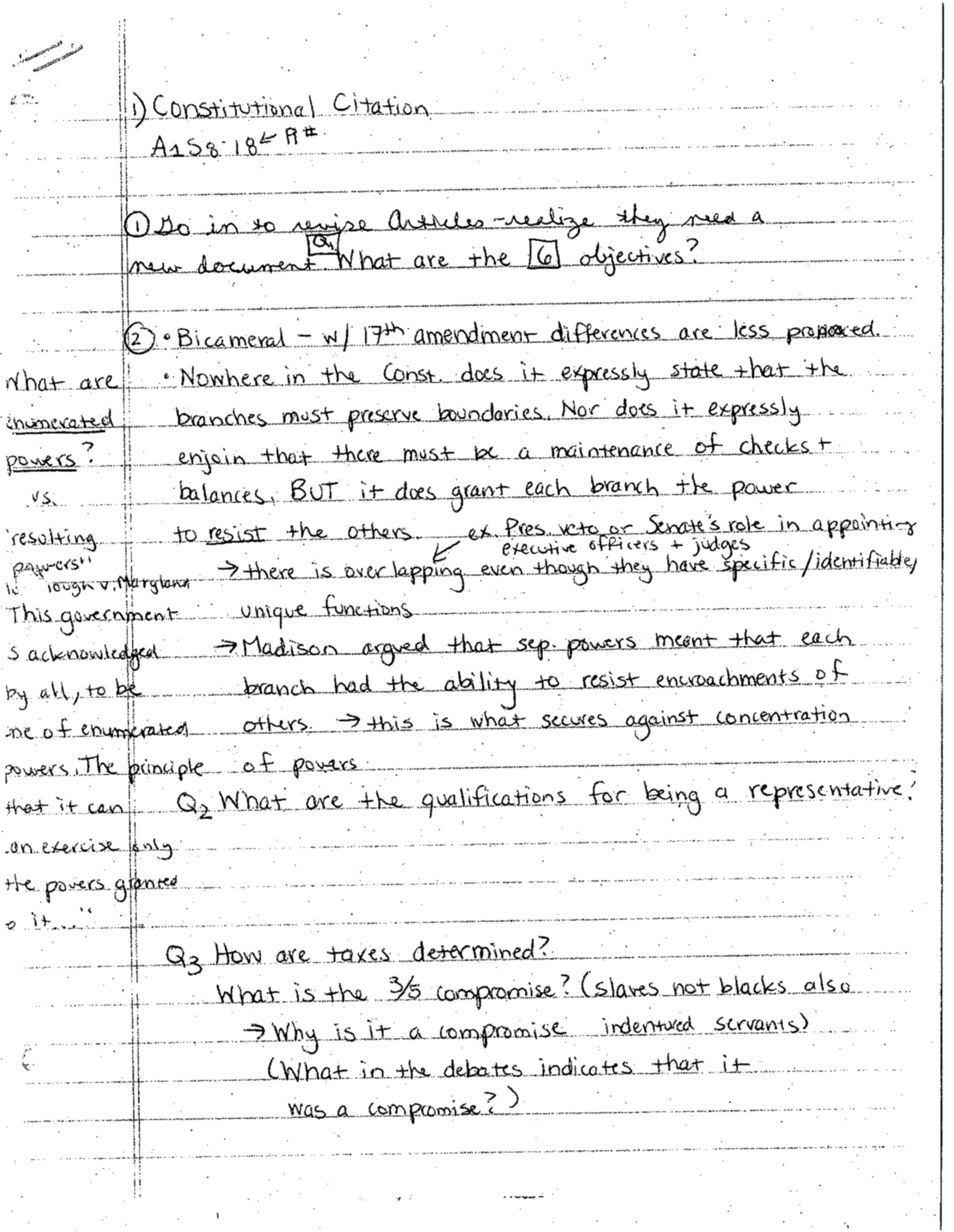94. The Constitution

Studying the United States Constitution has long been a touchstone of Dalton’s history curriculum, equipping students with the skills to understand the context, content, and lasting significance of our governing document.

An examination of the United States Constitution has long been a touchstone of Dalton’s history curriculum. Ninth graders consider the document’s origins when reading the Magna Carta amidst their study of late medieval Europe. They later make the acquaintance of Baron de Montesquieu, who argued that the legislative, executive, and judicial functions of government ought to be separate. An analysis of his writing helps students understand the tug of war between monarchism and parliamentary government that informed the Constitution’s revolutionary context.
When students encounter the Constitution itself in their Assignment on the American Revolution, they are equipped to understand the ideas that the Framers brought with them to Philadelphia. Understanding the Constitution as a product of its time opens additional interpretive possibilities. For example, a close reading of an essay by historian Gary Nash offers our freshmen a tantalizing question: might it have been possible for the Framers to use the occasion to abolish slavery? Unlike some scholars, Nash answers in the affirmative; using the evidence he provides, our students attempt to understand how and why he arrives at this conclusion.
Freshmen also read transcripts from state ratifying conventions, thereby gauging the concerns of anti-Federalists that culminated in a Bill of Rights — the English antecedent to which they have already read. Constitutional analysis recurs throughout the tenth and eleventh grade curricula and in electives on American electoral politics, African-American history, civics, and the early United States. We thereby ensure that our students are well equipped to understand the context, content, and lasting significance of our governing document.
—David A. Davidson, PhD, High School History Teacher